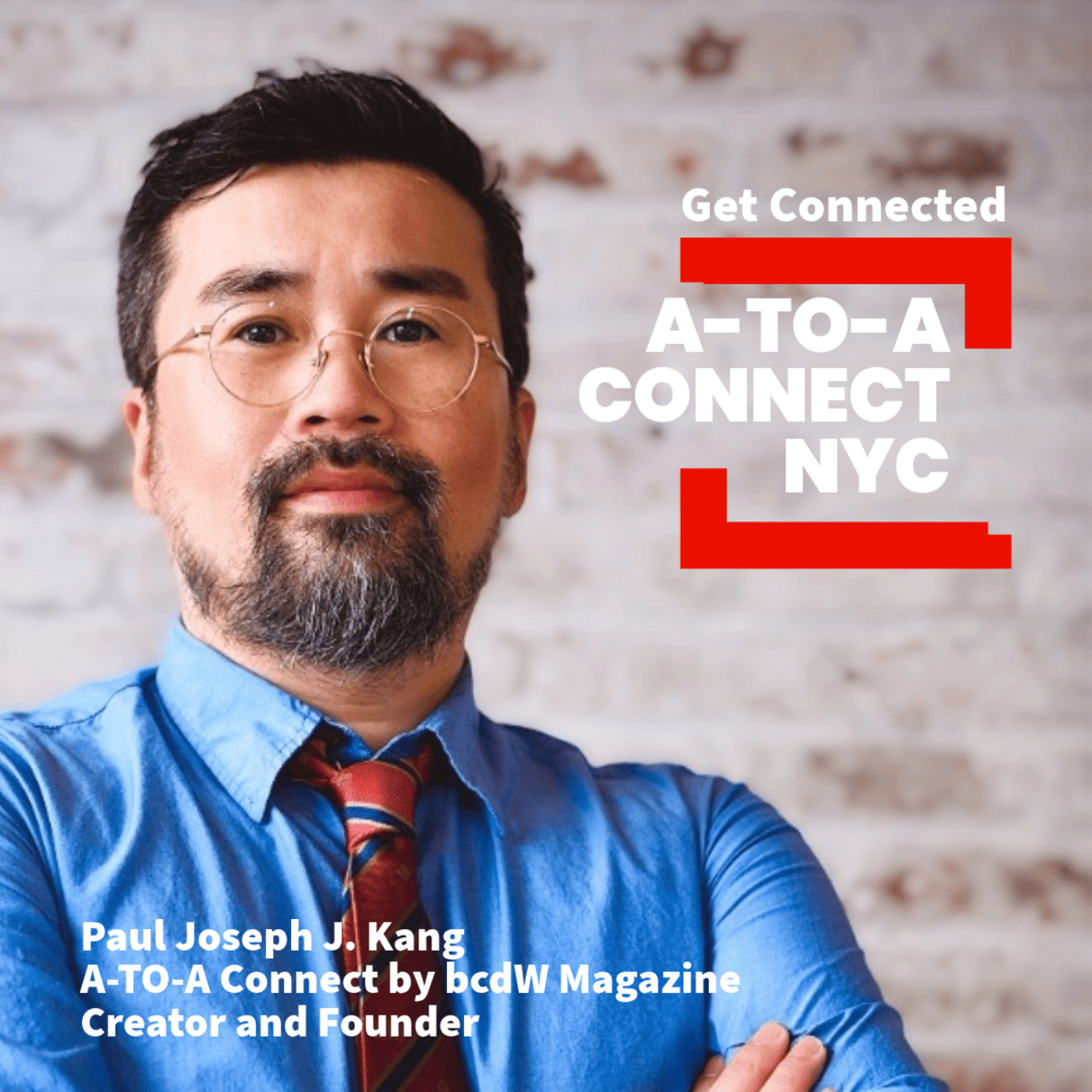Casey's eyes light up as he describes the immersive video floor his team created for the Salesforce Dream Conference, standing amid the bustling exhibition halls of South by Southwest (SXSW) in Austin, Texas. "That installation wasn't merely about impressive visual effects," he says animatedly, gesturing with his hands. "It was about creating a moment where technology disappears and experience takes center stage."
As the U.S. representative for Zebrar Studio, a Sydney-based extended reality (XR) studio, Casey exemplifies a new wave of creative technologists redefining how digital content is experienced in physical spaces. Founded seven years ago, this boutique studio has quietly built a reputation for innovative projects that merge cutting-edge technology with artistic vision.
"Most people think of XR as headsets and virtual worlds," Casey explains during our interview at SXSW, where he's seeking new partnerships and inspiration. "But our approach is different. We're interested in how digital and physical realities can coexist in the same space and enhance each other."
Zebrar's journey from Sydney to the global stage reflects a strategic vision that leverages both creative talent and economic advantages. Simone Clow the studio's founder, who has experience in the American film industry and programs like Saturday Night Live, decided to focus on the U.S. market despite the studio's Australian roots.
"Simone recognized that while our creative team was thriving in Sydney, the most exciting opportunities were happening in the United States," Casey explains. "My role as U.S. representative is to develop client relationships and build partnerships here on the ground."
This arrangement has proven advantageous in unexpected ways. "Working in Australian dollars creates competitive leverage when bidding against U.S.-based firms," he says. "But what truly distinguishes us is our creative approach to problem-solving and execution."
Casey speaks candidly about the unique challenges of the XR industry. "XR is an extraordinarily difficult space to offer services that sell directly to consumers. Most end users aren't yet ready to use these technologies in everyday life," he explains. "So we've had to grow by providing creative solutions and XR capabilities to large corporations or platform companies that have the infrastructure to deliver our technology to their broader customer base."
"Studios like ours focus more on the present than five-year plans," Casey says, extending his arms to indicate the busy exhibition hall at SXSW. "This industry changes so rapidly that adaptability and quick reflexes matter more than long-term strategy. The person I meet here today could be tomorrow's collaborator."
The studio's portfolio includes collaborations with global brands like Visa, Cadbury, and Gucci—impressive achievements for a company that started on the opposite side of the world. Casey attributes this success to the team's ability to deliver experiences that transcend conventional expectations.
"We're not simply selling technology; we're creating moments people remember," he says. "A successful installation disappears into the background, and the experience it generates becomes unforgettable."
Casey identifies balancing artistry and commerciality as one of the greatest challenges in creating XR content. "The question we wrestle with daily is 'How can we create something artistically meaningful yet commercially successful?' Too artistic, and it becomes inaccessible to the public; too commercial, and it lacks inspiring elements."
"Finding this balance is a perpetual process," he continues. "But I believe the finest XR experiences exist precisely on this borderline—experiences with both the depth of artistic expression and the accessible commercial appeal."
At SXSW, Casey is in his element, moving between demonstrations of the latest XR technology and networking events with industry leaders. The festival, which contributes over $300 million annually to Austin's economy, serves as a marketplace of ideas and a launchpad for creative ventures like Zebrar.
Casey emphasizes that Zebrar Studio is open to collaborative marketing packages. "We aim to be partners, not mere service providers. We collaborate with brands from early stages to explore how their marketing strategies can extend into XR experiences. This creates far more effective and organic results than independent campaigns."
Looking ahead, Casey sees tremendous opportunities in major international events hosted in the United States, including the World Cup and Olympics. "These global stages are perfect for demonstrating how immersive experiences can transform public spaces and create collective moments of wonder."
Zebrar's contract-based business development approach allows the studio to maintain agility in a rapidly evolving industry. "We can quickly adapt to market changes and client needs," Casey explains. "This flexibility is essential in a field where technology and creative trends evolve so rapidly."
As our conversation draws to a close, Casey reflects on what he's learned working across different countries and cultures. "The universal truth I've discovered is that while technology constantly changes, the human desire for meaningful, emotional experiences remains constant. That's the space we operate in—at the intersection of innovation and human connection."
In a world increasingly dominated by digital experiences, Zebrar Studio is pioneering a process where physical and virtual realities don't merely coexist but enhance each other. If Casey's vision materializes, the boundary between these worlds will soon become as fluid as the experiences his team creates.

